
Alocasia cucullata hauteur 80/90cm pot D27cm Jardinerie truffaut, Jardinerie, Magasin jardinerie
Avoid fertilizing for the next 3 months. Light: Alocasia plants grow natively under a dense rainforest canopy with bright shade or dappled sunlight. Place indoor plants in a location that receives bright indirect light such as a window with eastern or western exposure. Outdoors, grow in a spot that receives open shade.

Plante Alocasia artificielle 9 feuilles H.125cm pot noir LIGNE DECO Plante, Plantes
Taking root cuttings from Alocasia. Remove the plant from its pot and use sharp scissors to cut pieces of thick, fleshy root around 10cm long. 2. Lay the root cuttings on compost. Laying Alocasia root cuttings on compost. Mix peat-free compost with perlite (around a ratio of 70:30) and firm it into a tray.
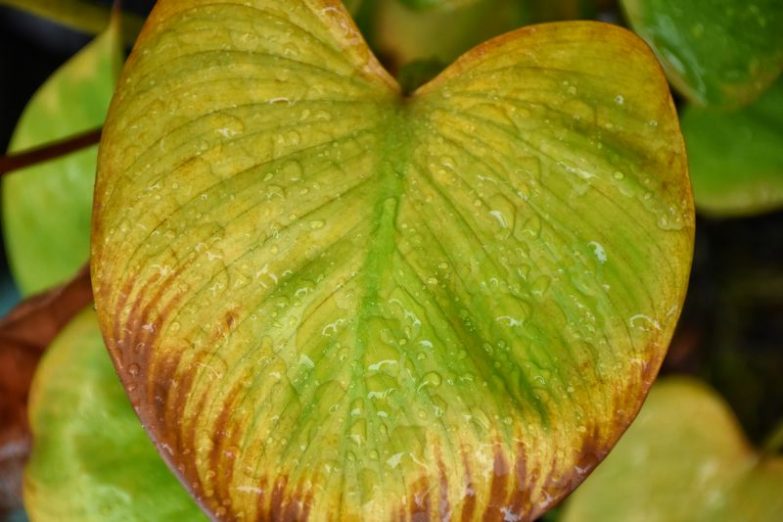
Alocasia Leaves Turning Yellow (Causes And Solutions) Smart Garden Guide
Alocasia amazonica: This specie is also known as Alocasia Polly and is a compact 18-inch plant that features wavy, arrow-shaped red leaves. Alocasia 'Zebrina': This is a popular hybrid variety that features arrow-shaped leaves and leggy, zebra-like stalks. While it starts as a relatively small plant, it can grow to become quite large over time.

. Alocasia Macrorrhiza Variegata 🌿 . . On en parle de la beauté de ces feuilles ? La nature est
Varieties By Alex Hooke 66 If you ask me about some of the most stunning houseplants, I will definitely say the name Alocasia. There are almost 97 Alocasia varieties. They have gained the most stunning-looking award because of their visual appeal and also their most attractive foliage.

ALOCASIA ZEBRINA Entretien, Arrosage, Soins & Maladies Osez Planter Ça Pousse
Giant Alocasia taros are one of the biggest and fastest growing amongst the Alocasia genus. As mentioned, these huge plants can grow up to 15 feet tall. Their arrowhead-shape and fan-like folded leaves can help identify this Alocasia. Their flowers are light yellow-green and bloom regularly throughout the year.
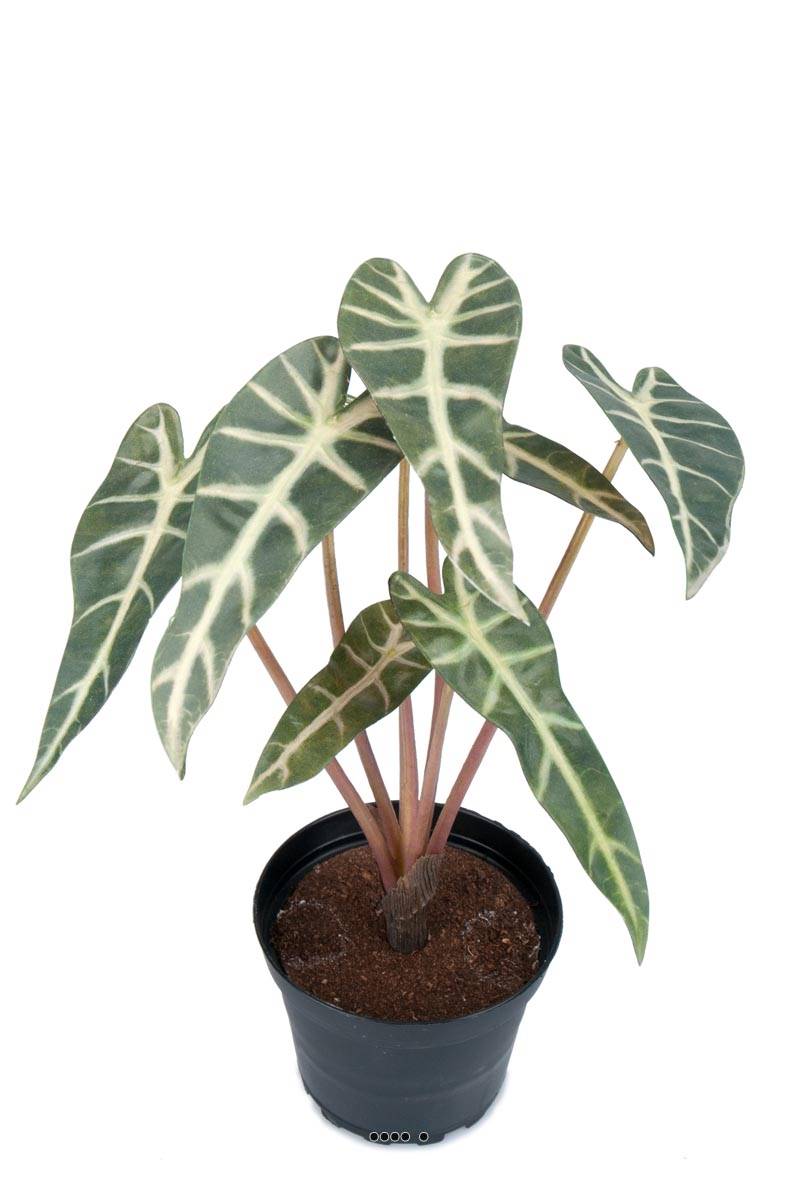
Alocasia artificiel, 7 grandes feuilles, en pot H 30 cm
The Dragon Scale Alocasia (also known as the Silver Dragon) is definitely a looker, with large and heart-shaped silver leaves that have black veining throughout - much like an inverted Black Velvet!. This is a much bigger plant than the Velvet, however, with a mature height of 3 to 6 feet tall. This makes the Dragon Scale a great show-plant, so make sure to place it somewhere that you can.

Alocasia macrorrhizos Planta oreja de elefante, Orejas de elefante, Planta de oreja de elefante
A Chaque Mois Sa Plante, Septembre 2017 : Alocasia. 16 août 2017. L'histoire de l'Alocasia. L'Alocasia, également connu sous le nom d'oreille d'éléphant, est doté de grades feuilles aux beaux dessins. Bien que robuste, la plante reste aérée et élégante en raison de la hauteur des tiges qui poussent depuis un tubercule.

Entretenir un alocasia la plante aux feuilles extraordinaires ! Plante, Plante alocasia
The Alocasia genus encompasses some of the most spectacular and rare foliage within the Aroid family. Its mesmerizing corrugated leaves and mostly dark foliage with deep veneition are sculptural works of art. Some of our shop rare staples are the Alocasia cuprea, Alocasia 'Dragon Scale', Alocasia 'Black Velvet,' and Alocasia 'Dragon's Breath.'

Alocasia, la plante tendance à avoir ! mainverte greenaddict truffaut Feuilles de plantes
A balanced, water-soluble fertilizer with a ratio of 20-20-20 is ideal for Alocasia's, and it should be applied monthly during the growing season. Alocasia plants prefer a well-draining potting soil. It's crucial to prevent over-fertilizing an Alocasia plant because this can result in leaf burn and root damage.
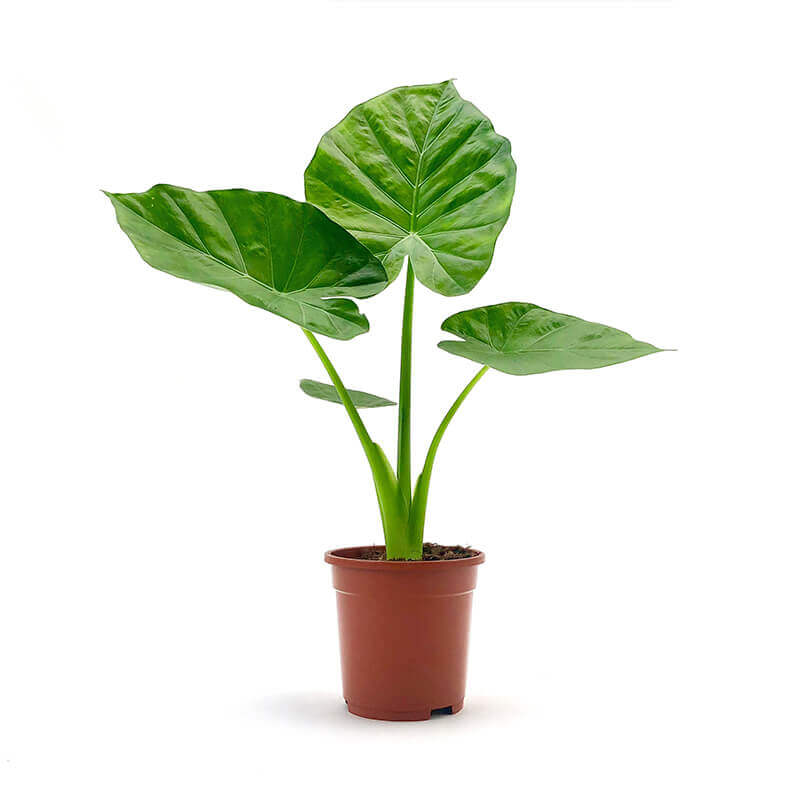
Alocasia Pépinière Sainte Marguerite
January 27, 2023 by Rose Kennedy Alocasia spp. I've always been one who favors the easy-care houseplants - low-maintenance succulents and pothos and such. It takes something special to ease me out of my comfort zone. Alocasia is just such a plant.

Alocasia leaf Stock Image B740/0533 Science Photo Library
Updated on 05/22/23 Reviewed by Debra LaGattuta Fact checked by Emily Estep In This Article Care Types Pruning Repotting Propagating Grow From Seed Pests & Diseases Bloom Common Problems FAQs Alocasia is also known by the common name elephant's ear.
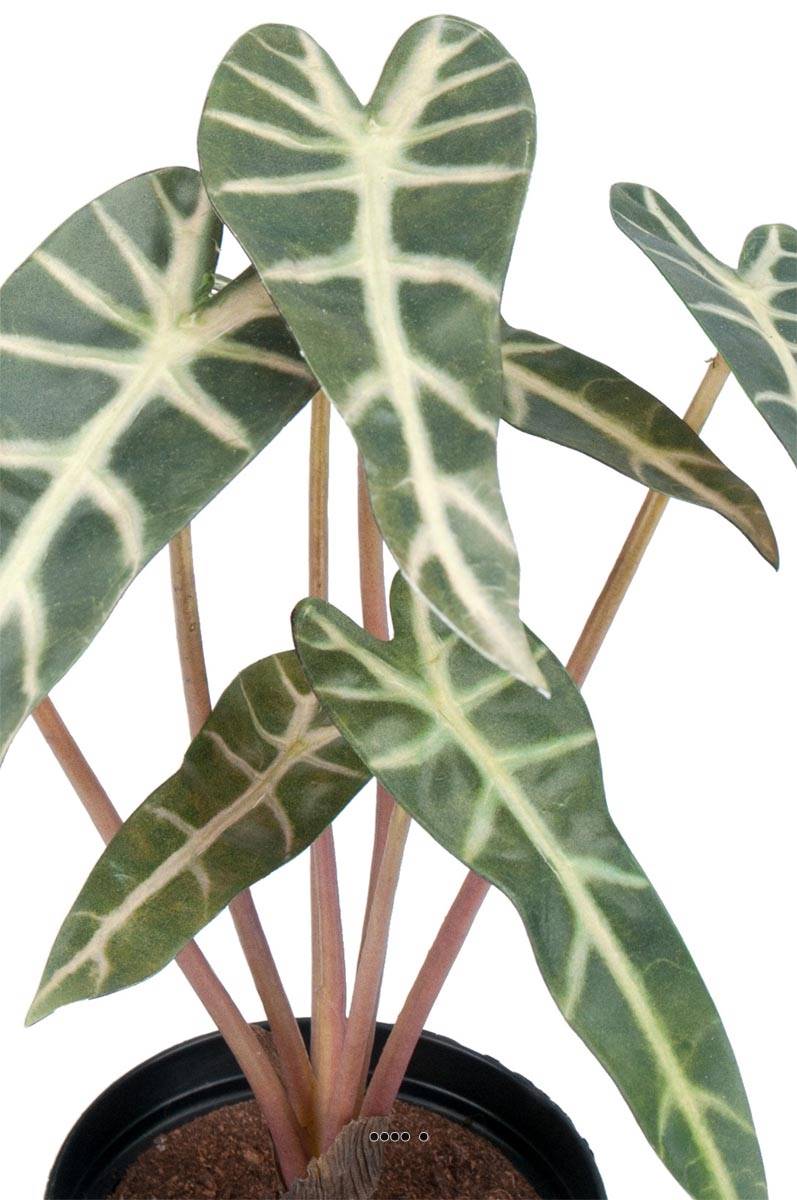
Alocasia artificiel, 7 grandes feuilles, en pot H 30 cm
As mentioned before, Alocasias generally require high humidity. 60% humidity may be best but some species can possibly go as low as 40%.Anything lower than that and your plant may suffer. Keep your Alocasia away from cold drafts, air conditioning, and central heating (or in other words, pretty much everything!). Brown, crispy tips and edges probably indicates low humidity or over-fertilization.

Alocasia Zebrina Feuille, Instagram, Trucs pour maison
Alocasia are stunning tropical plants with arrowhead-shaped leaves. Find a warm, bright area in your home for these beauties. Native to the tropical area in the South Pacific Islands, particularly the Philippines, Alocasia plants appreciate the extra humidity a kitchen or bathroom can offer. Fun Fact

Entretenir un alocasia la plante aux feuilles extraordinaires ! Oreilles d'éléphant, Plante
Alocasia is a genus of rhizomatous or tuberous, broad-leaved, perennial, flowering plants from the family Araceae. There are about 90 accepted species native to tropical and subtropical Asia and eastern Australia. [2] Around the world, many growers widely cultivate a range of hybrids and cultivars as ornamentals. Description
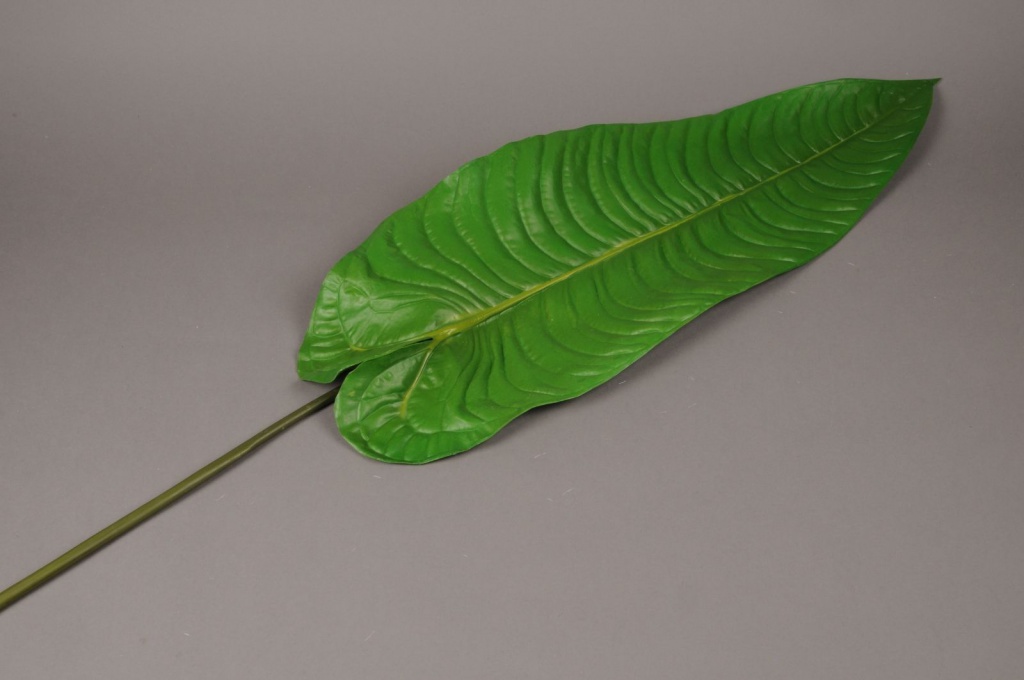
Feuille d'alocasia artificiel vert L125cm
L' Alocasia, communément appelée Oreille d'éléphant, est une plante ornementale populaire pour la maison et le jardin. Au total, près de 80 espèces d'Alocasia sont originaires de : Amérique tropicale îles du Pacifique Nouvelle Guinée Indonésie Malaisie Australie Afrique Asie

Entretenir un alocasia la plante aux feuilles extraordinaires ! Fleurs autour piscine
Alocasia fornicata is a perennial plant that has broad leaves with many nerves and is rhizomatous or tuberous. A typical plant grows 60-90 cm (2-3 ft) tall with slightly pink petioles, triangular wide leaves, and a horizontal stolon. The Alocasia fornicata is synonymous with Arum fornicatum and Colocasia fornicata.